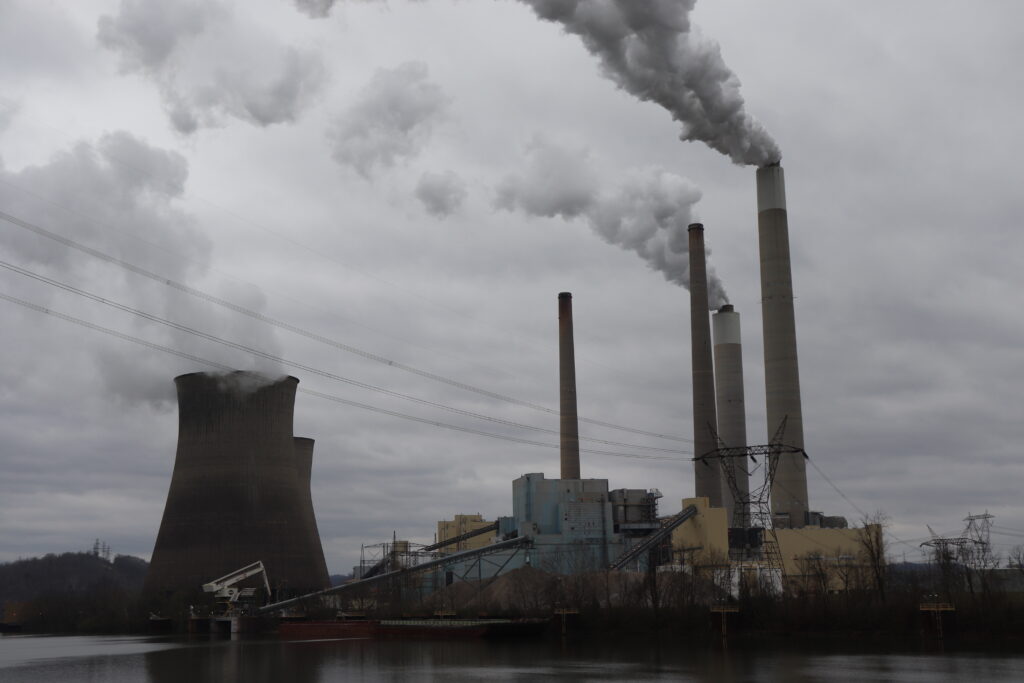By 2026, half of U.S. coal plant capacity will have retired over the course of just 15 years.
That’s according to the Institute for Energy Economics and Financial Analysis.
When measured by what coal plants actually produced, the country has moved away from coal even faster. U.S. coal plants produced less than 50 percent of what they did in 2011 in both 2020 and 2022.
The institute projects that U.S. coal capacity will fall to 159 gigawatts by 2026, down from a peak of 318 gigawatts in 2011.
By 2030, the institute projects that U.S. coal capacity will be down to 116 gigawatts. But it cautions that more plants may close because they’re aging and costly to operate.
Natural gas is currently the dominant fuel for electricity nationwide. But wind and solar are developing at a rapid pace. And battery storage is likely to further erode coal’s share.




















